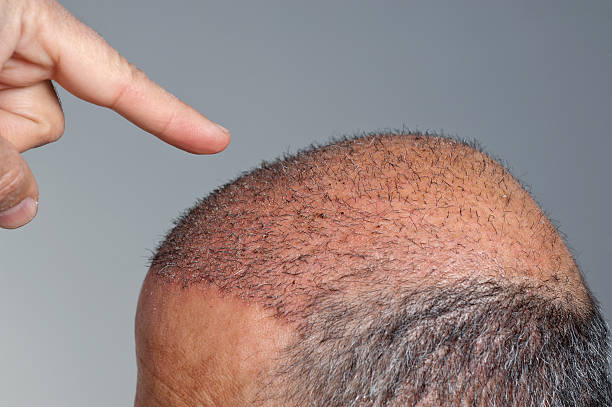Understanding Hair Transplant: A Comprehensive Exploration
Hair transplant has been a solution for hair loss for several decades now, but its popularity has skyrocketed in recent years. Thanks to advancements in technology and surgical techniques, hair transplant has become a less invasive, more effective procedure. However, many people still have misconceptions about the process and its outcome. This article aims to provide a comprehensive understanding of hair transplant, its historical context, current relevance, trends, impact, and reception, as well as unique insights not widely covered elsewhere.

The Historical Journey of Hair Transplant Surgery
The journey of hair transplantation began in the 19th century, with the first known attempts being carried out in Germany in the 1820s. However, these attempts were unsuccessful due to a lack of understanding of hair growth patterns. The modern era of hair transplantation is said to have begun in the 1950s, when Dr. Norman Orentreich introduced the concept of “donor dominance.” This theory posits that hair follicles transplanted from areas of the scalp resistant to balding will retain this resistance in their new location.
Despite the initial success, early transplant techniques resulted in an unnatural “plug” or “doll’s hair” appearance. It wasn’t until the 1980s and 1990s that significant advancements were made, with the introduction of mini and micro-grafting techniques. These allowed for a more natural-looking result, leading to increased acceptance and popularity of the procedure.
Hair Transplant in the 21st Century: Trends and Techniques
The last two decades have seen tremendous progress in hair transplant techniques. The most prominent are Follicular Unit Transplantation (FUT) and Follicular Unit Extraction (FUE). While both involve transplanting hair from a donor area to a recipient area, the methods of extraction differ. FUT involves removing a strip of scalp from the back of the head and extracting individual follicular units, while FUE involves directly extracting individual follicular units from the scalp.
These advancements have made hair transplant an increasingly popular option for those suffering from hair loss. The global hair transplant market was valued at approximately $5.9 billion in 2018, with expectations to reach $24.8 billion by 2027, indicating the rising demand.
The Impact and Reception of Hair Transplant Surgery
The impact of hair transplant surgery extends beyond the physical. Hair loss can cause significant psychological distress, including reduced self-esteem and increased anxiety. The ability to restore hair growth can, therefore, have profound effects on an individual’s mental well-being.
While hair transplant surgery has generally been well-received, it’s crucial to keep in mind that it is a surgical procedure that carries potential risks and complications, such as infection, scarring, and unnatural-looking results. Therefore, it’s vital to have realistic expectations and choose a skilled and experienced surgeon.
Exploring Insights: Patient Satisfaction and Future Innovations
Research indicates high levels of satisfaction among hair transplant recipients. A study published in the Journal of Cutaneous and Aesthetic Surgery found that over 80% of patients reported being satisfied with their hair transplant results. This high satisfaction rate contributes to the growing popularity of the procedure.
Looking towards the future, researchers are exploring innovative approaches such as hair cloning or hair multiplication. These techniques involve extracting a small number of hair follicles, multiplying them in a lab, and then reinserting them into the scalp. While still in the experimental stages, these techniques hold the promise of unlimited donor hair, potentially revolutionizing the field of hair transplantation.
Striking a Balance: Understanding the Pros and Cons
Hair transplant surgery offers a potentially permanent solution to hair loss. However, it’s important to understand that it is not a one-size-fits-all solution. Factors such as the cause of hair loss, the extent of hair loss, and the availability of donor hair can all influence the outcome.
While hair transplants can provide impressive results, they are also costly, time-consuming, and can cause discomfort during recovery. It’s essential, therefore, to consider all options and seek professional advice before deciding on a hair transplant.
In conclusion, hair transplant surgery has come a long way since its inception. As technology and techniques continue to evolve, it’s likely to become an even more viable solution for those battling hair loss. However, as with any medical procedure, it’s crucial to do your research, understand the risks and benefits, and choose a surgeon who is experienced and reputable.




